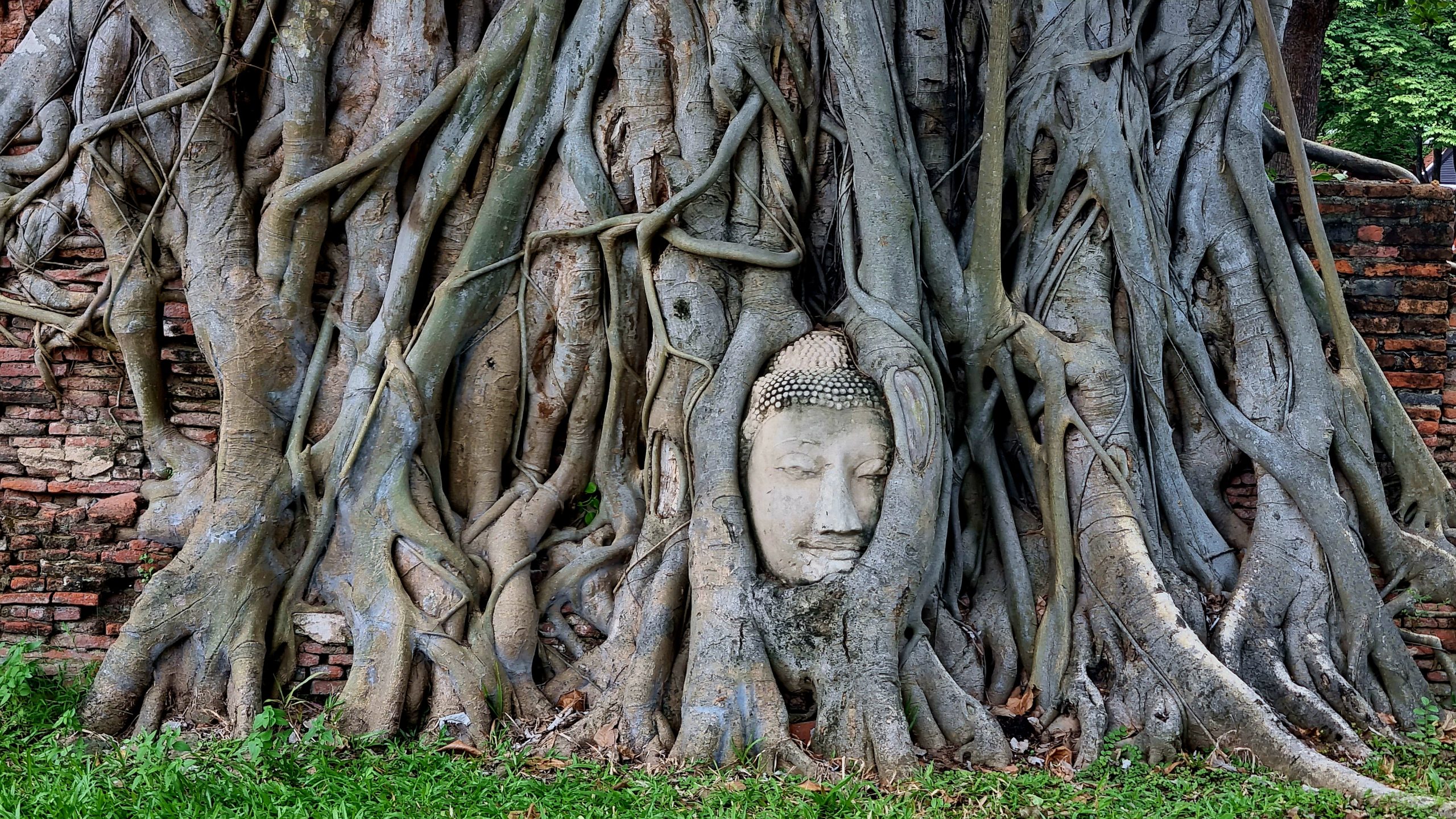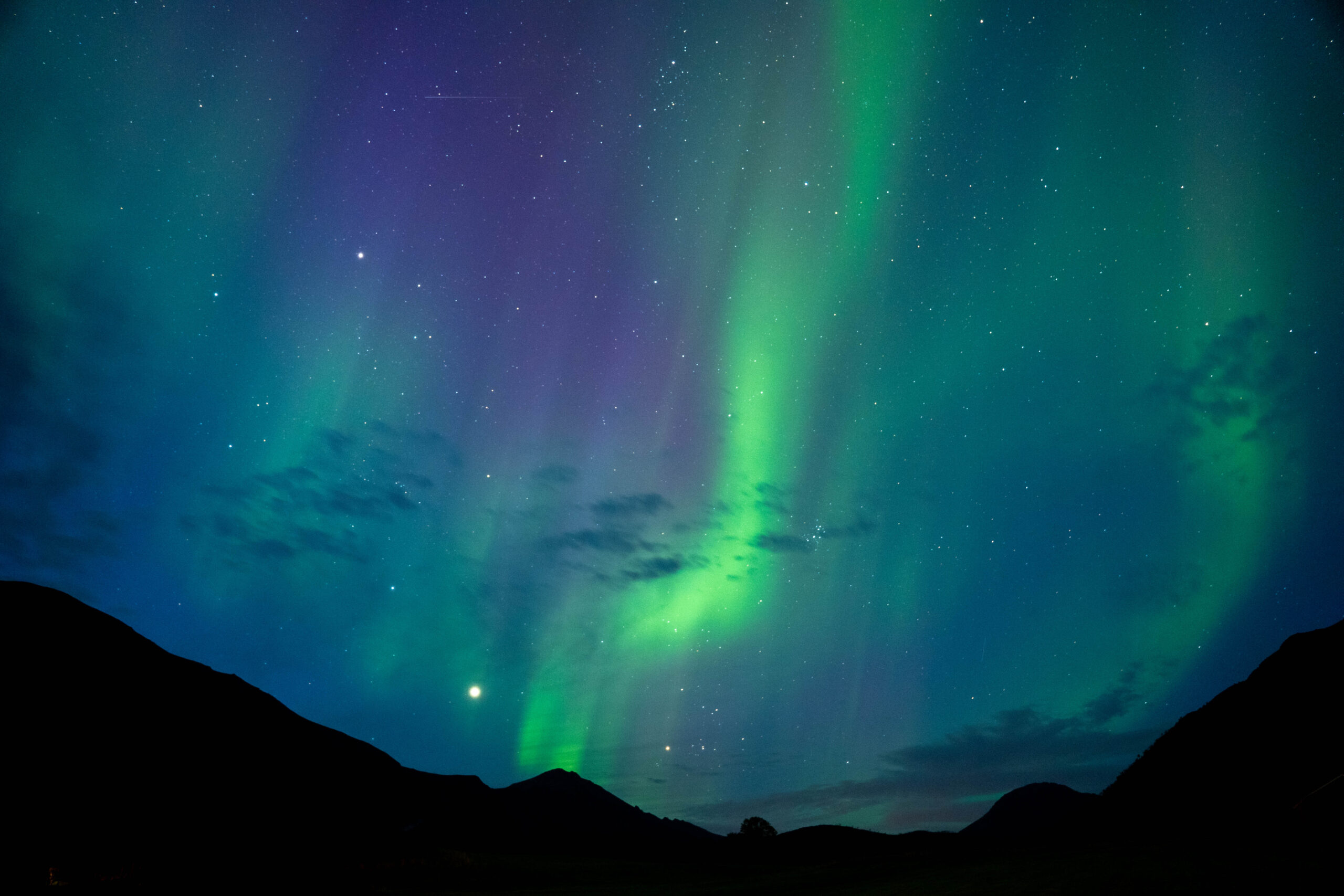A day trip to Ayutthaya is a must on any Thailand itinerary. Ayutthaya was founded in the 14th century and served as the capital of the Kingdom of Siam for more than 400 years. At its peak, Ayutthaya was a major center for Buddhism, politics, and trade, and it even was one of the largest cities in the world, with a population of over 1 million people. However, this all came to an end in 1767, when the Burmese army burned Ayutthaya to the ground. Today, the beautiful ruins of Ayutthaya give visitors a unique peek into its fascinating past.

Interesting facts about Ayutthaya
- One of the most unusual features of Ayutthaya was its use of elephants in everyday life. Elephants were used for transportation (of both supplies and people), and even as weapons of war. In fact, the symbol of Ayutthaya was a white elephant, which is still considered a symbol of Thailand today. The king of Ayutthaya was even referred to as the “Lord of the White Elephant.”
- Almost all of the Buddha statues were beheaded by the Burmese. Through this, they tried to break the spirit of the Thais, since Buddhists believe that the human soul is in the head.
- When Ayutthaya fell, Bangkok became the new capital of Thailand. Bricks from the ruines of Ayutthaya were transported down the Chao Phraya River to be used in constructing new temples, palaces, and other structures in Bangkok, symobolizing a continuity of the Siamese heritage and culture by linking the new capital with its predecessor.
💡Tip: Many tourists in Ayutthaya participate in elephant rides, unaware that these elephants are taken from their mothers young and mistreated to obey commands. Elephant riding is really harmful, so please do not participate! Read this article if you want to know more about ethical elephant experiences.
How long do you need to Explore Ayutthaya?

While there is plenty to see and do in Ayutthaya we recommend opting for a day trip, as this is enough to see all the main sites of Ayutthaya. After a full day of looking around, we did not feel as if we missed anything despite not seeing every temple. If you really want to see all the temples you will need to book a hotel in Ayutthaya and stay another day.
What should I bring to ayutthaya?
We brought a basis daypack to Ayutthaya that we filled with plenty of snacks and water, sunscreen and sunglasses and a portable charger. Besides the obvious, do not forget to bring:
- Modest clothing: Most temples require you to cover your knees and shoulders, so pack something appropriate!
- Cash: To enter the different temples you can only pay with cash. Expect to pay around 50 Baht per temple.
How to get from Bangkok to Ayutthaya?

You can reach Ayutthaya by train, bus, or taxi from Bangkok. We decided to take the train, as this is a pretty convenient, and budget-friendly option. There are many different types of trains that you can take.
- The fastest train to Ayutthaya costs around 400 Baht (a little less than €15.00) and will take 1 hour to get to Ayutthaya.
- The slowest train to Ayutthaya costs around 20 Baht (a little less than €1.00) and will take 2 hours to get to Ayutthaya.
We booked our tickets online using the website 12go.asia. This website provides a nice overview of all the trip duration and timetables, and also allows you to compare busses, vans, and trains with each other.
We recommend waking up early because there are a lot of temples to see. We took the train from Bangkok to Ayutthaya at 07.00 and arrived at 08.30. Our train back to Bangkok departed at 18:00.
How to get from Ayutthaya train station to the temple complex?
When you arrive at Ayutthaya train station head across the road and go slightly to your right, keep walking until you reach the river where you can pay to go across with the ferry. It costs 10 baht per person and it takes no more than 5 minutes to get across. Not only a fun experience, but also very quick and affordable.
What is the Best way to explore Ayutthaya?
Cycling is the best way to explore Ayutthaya. The temple site is very large and spread out, so cycling ensures that you can see all the temples, ruins, and monuments that you want to see. And when it’s scorching hot, there is nothing better than feeling that cool breeze when cycling.
Renting a bicycle in ayutthaya
Many visitors already hire a bike at the train station, but we don’t recommend this as this means you’ll need to take your bike with you on the ferry. This is not only inconvenient but also makes your ferry ticket more expensive. After you’ve crossed the river there are still some bicycle rental shops where you can more easily rent your bike.
- Costs: In most locations, bike rental costs 50 THB for the day.
- Bike condition: Be aware that the rental bikes are often quite old and crooked. So, before you take off, first inspect the brakes and adjust the seat height.
- Cycling in Ayutthaya: The roads are pretty safe, but it’s important to be aware that Thai roads can get busy at times. Luckily, there are usually designated areas for cyclists on busy roads, and most of the city is relatively quiet.

What temples to visit in ayutthaya?
Ayutthaya offers an array of temples that will leave you in awe. The intricate designs, towering spires, and serene atmospheres of these temples provide a glimpse into the grandeur of a bygone era. If you’re planning a visit and are short on time, you might wonder which temples to prioritize. To help you make the most of your trip, we’ve curated a list of which temples best capture the essence of Ayutthaya’s rich heritage. Especially if you’re only visiting Ayutthaya for a day, make sure to include these five remarkable temples in your itinerary:
1. Wat Maha That (Buddha’s Head in Tree Roots)

If you have already visited a Buddhist country, you may know that a chedi is a large conically-shaped structure with a conical shape that contains relics of the Buddha, kings, or important monks. The chedi at Wat Maha is one of the largest in Ayutthaya. One of the most distinctive features of Wat Maha That is the Buddha’s head which is partially buried in the roots of a banyan tree. This iconic image is now a symbol of Ayutthaya and is often seen in pictures and postcards of the city.
💡Tip: Be mindfull of what is and is not respectful when taking pictures of Buddha statues. When we visited this statue there was a security guard who’s job was to ensure that people did not take selfies in which their own head was above that of the Buddha’s. He also made sure that no one sat with their feet facing the Buddha, as this is also regarded to be very disrespectful in Thailand.
2. Wat Ratchaburana (Temple of the Royal Restoration)

The name: Wat Ratchaburana means “temple of the royal mansion.” This name was chosen because the temple was built by King Borom Ratchathirat II to commemorate his two younger brothers, who died in a battle for the throne. The chedis of Wat Ratchaburana were built to house the ashes of the two brothers.
3. Wat Lokaya Sutha (Giant reclining Buddha)

The reclining Buddha image at Wat Lokaya Sutha is one of the largest in Thailand, measuring over 42 meters in length. It is a magnificent sight to behold and was one of our favorite visits in Ayutthaya.
4. Wat Phra Ram (Tranquil Gardens)

Wat Phra Ram is known for its beautiful Buddha images and impressive chedis. The main Buddha image is housed in a spacious ordination hall and is considered one of the most beautiful in Ayutthaya.
5. Wat Phra Si Sanphet (The Most Important Temple)

Wat Phra Si Sanphet is one of the most important temples in Ayutthaya and is considered a must-visit for anyone interested in the city’s rich history. The temple was once the holiest site in Ayutthaya and was the royal temple of the Ayutthaya Kingdom.












